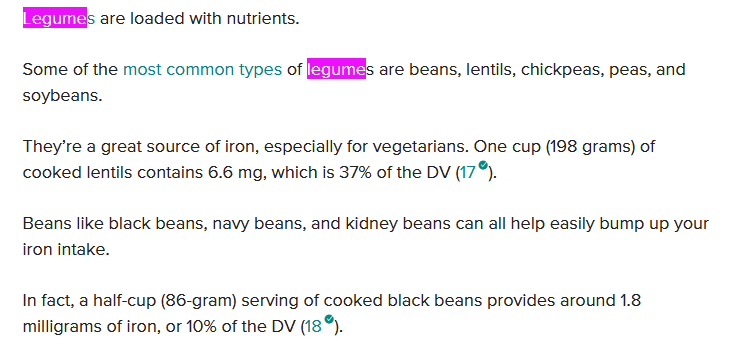I’ve heard that asserted, but never any reference to back that up. You’d have to search the literature to find out the studies on which the RDA in question is based, and then look at the studies themselves to determine where they found their research population.
The standard caloric intakes have been 2500 kcal daily for men and 2000 kcal daily for women since I was a wee lad (and yes, we did have dirt and sliced bread back then, lol!). I have no reference to back this up, but I suspect that these figures date from the latter part of the 19th century, when caloric intake was just about all anyone could measure. Fifteen hundred calories was considered starvation-level intake when Ancel Keys did his famous experiment toward the end of World War II, and those men became emaciated (literally, not figuratively) on such a diet.
When you read descriptions of meals in older literature, it is clear that people were eating abundantly in general. Of course, there have always been poor people starving to death in every society from classical antiquity onwards, but they have always been considered an aberration, not a good example of a healthy diet.
P.S.–I do happen to know that the RDA for protein was calculated off of a number of studies that measured daily nitrogen loss across a large population. (This nitrogen loss constitutes an absolute minimum need for protein, since the body can assimilate nitrogen only from amino acids, not from the air.)
The average nitrogen loss over the studied population works out to the equivalent of 0.6 g/day/kg of protein. The RDA was therefore set at 0.8 g/day/kg to provide a cushion. The problem with the RDA, which is not a target, but an absolute minimum requirement, is that some people lose a lot more nitrogen than the average, and they consequently have a much higher minimum protein requirement than average.





 I didn’t eat very much legumes, they are very satiating and so much other plants to eat… Oh and eggs. They surely helped (I mean, I don’t know if I got the bigger part of my iron need from eggs alone now that I look at the data).
I didn’t eat very much legumes, they are very satiating and so much other plants to eat… Oh and eggs. They surely helped (I mean, I don’t know if I got the bigger part of my iron need from eggs alone now that I look at the data).